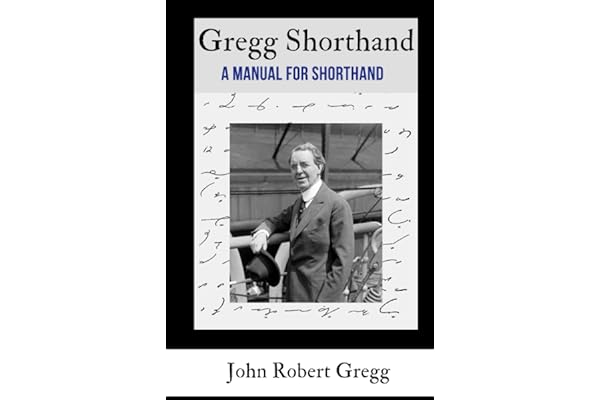
In this fast-paced world, efficiency is key, and when it comes to writing, the art of steno shorthand takes the crown. Shorthand has been around for centuries, offering a streamlined method of taking notes that allows for quick transcription. Whether you’re a student looking to boost your academic performance or a professional aiming to improve productivity, mastering steno shorthand can be a game-changer. In this article, we will delve into the history, benefits, and techniques of steno shorthand, as well as explore its relevance in the modern era.
Before we dive into the intricacies of steno shorthand, let’s take a moment to understand its origins. The earliest known form of shorthand dates back to ancient Greek and Roman civilizations. However, it was Sir Isaac Pitman, an Englishman, who developed the modern system of shorthand in the late 1830s. His system, still widely used today, employs phonetic symbols to represent words and sounds.
So, what makes steno shorthand so appealing? Its core advantage lies in its speed and efficiency. By using abbreviated symbols and phonetic representations, stenographers can jot down information at an incredibly fast rate, making it ideal for note-taking during lectures, meetings, or even court proceedings. It enables you to capture a vast amount of information in real-time, providing a comprehensive record that can be easily transcribed later.
While steno shorthand originated as a manual practice, advancements in technology have created digital alternatives. For instance, stenotype machines now dominate the field, allowing stenographers to input shorthand symbols that are then translated into full-text documents. This combination of shorthand and technology has dramatically improved transcription efficiency, making it an indispensable tool in various industries.
To become proficient in steno shorthand, it is essential to grasp the core principles and techniques. The first step is to learn the shorthand symbols. This involves memorizing the phonetic representations of various sounds, syllables, and words. A comprehensive shorthand manual or guide can assist in understanding and practicing these symbols.
Additionally, mastering steno shorthand requires extensive practice. Training your brain to quickly recognize and write shorthand symbols is a gradual process that demands dedication and regular drills. Fortunately, numerous online resources and software platforms provide interactive exercises tailored to enhance shorthand proficiency. These training materials focus on building speed, accuracy, and fluency, helping individuals become adept at capturing information in real-time.
While steno shorthand may seem like an archaic practice, it continues to be a crucial skill in several professions. Court reporters, for example, rely heavily on steno shorthand to document legal proceedings with utmost accuracy. Medical transcriptionists also benefit from shorthand skills, ensuring they can efficiently transcribe diagnoses, treatments, and medical records. Additionally, journalists, students, and anyone seeking to improve their writing speed can leverage steno shorthand to boost productivity.
In terms of SEO optimization, incorporating relevant keywords is crucial to rank well in search engine results. For example, targeting phrases like “quick writing,” “efficiency,” “shorthand techniques,” and “unlocking secrets” can ensure visibility and attract the intended audience. It is important to maintain a natural flow while incorporating keywords throughout the article. By incorporating these SEO practices, this article aims to provide value to readers seeking information on steno shorthand.
In conclusion, the art of steno shorthand offers a remarkable solution to the challenge of quick and efficient writing. Whether you’re a student striving for better academic performance or a professional seeking to enhance productivity, steno shorthand can unlock a world of possibilities. With its history deeply rooted in ancient civilizations and its modern adaptations, steno shorthand continues to be relevant in the digital era. By understanding the history, benefits, and techniques of steno shorthand, individuals can embark on a journey towards faster note-taking, streamlined transcription, and a significant boost in overall productivity.
















